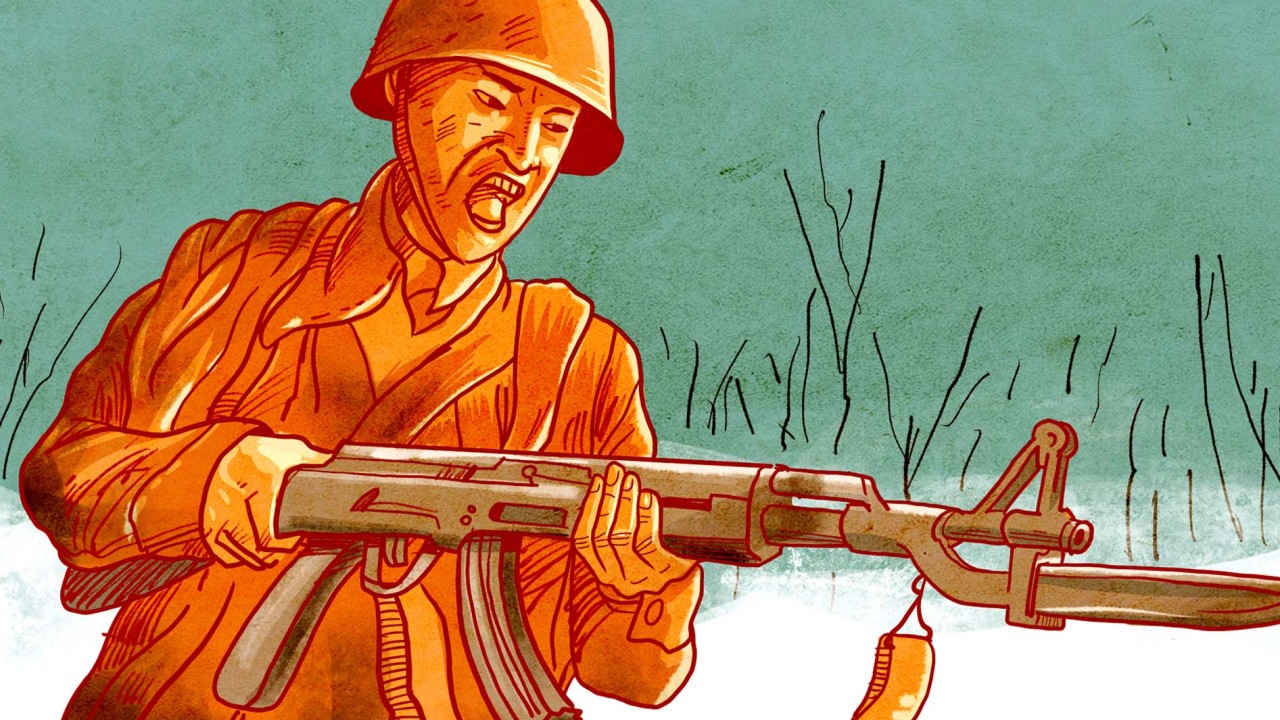
Background
In August 1945, two young US colonels arbitrarily partitioned the Korean peninsula along the 38th parallel with a National Geographic map for reference. The Soviet Union agreed to the proposed demarcation line as a condition of the surrender of Japanese troops in Korea.
The American-backed Republic of Korea (South Korea) was founded on August 15, with Syngman Rhee elected as president.
Soon after, the Soviet-backed Democratic People’s Republic of Korea (North Korea) was proclaimed on September 9, with Kim Il-sung (born Kim Song-ju) as leader.
The invasion
June–September 1950
On June 25, 1950, communist North Korea invaded South Korea, which marked the start of the Korean war. Despite anticipating a possible North Korean attack, the Pentagon was caught off guard. The North Korean army, equipped with Soviet tanks and heavy artillery, swiftly overpowered their opponents and made rapid advances towards the south. It captured Seoul, South Korea’s capital, on June 28, 1950.
US-led offensive
September–October 1950
US and South Korean forces recaptured Seoul on September 27, 1950. In less than a month, the US-led UN forces managed to push North Korean troops back to the Chinese border.
China’s intervention
October 1950–July 27, 1953
In October 1950, the Chinese Communist Party Politburo debated whether to send Chinese troops into Korea. Chinese leader Mao Zedong eventually secured Politburo approval for intervention after Chinese military commander Peng Dehuai made a case that the US would use its position on the Chinese border to subvert the state.
Then, the Chinese People’s Volunteer Army launched its “First Phase Offensive” and officially entered the Korean war. Although 18 countries participated in the war, China has long known the conflict as the war “to resist United States’ aggression and aid North Korea”. It sent a massive influx of troops – nearly three million in all – stunning the US and its allies.
Death toll
Exact casualty numbers are difficult to establish, given the scale of the conflict and contradictory figures on all sides.
Associate Creative Director Marcelo Duhalde
Edited by Andrew London
Sources: South China Morning Post archives, US Department of Defence, Agence France-Presse
View the print version here

